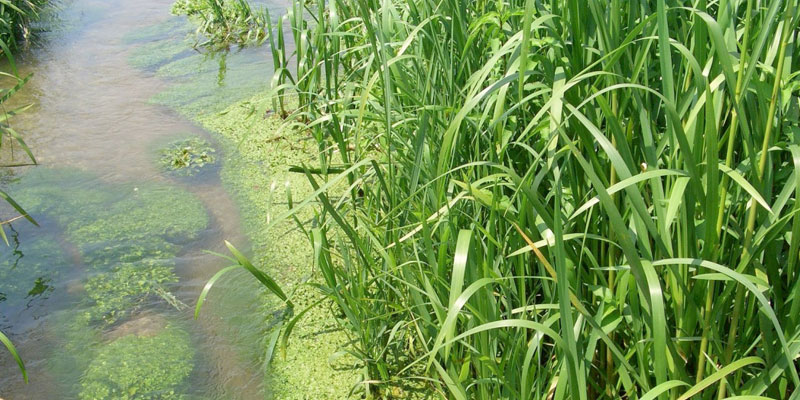Improving Disinfection Process Controls for Pathogen Inactivation through the use of Integrated Disinfection Design Framework and Standardized Bench-scale Assays
Principal Investigator - Raymond Desjardins, Professor, École Polytechnique de Montréal (2001-2004)

Challenge
The last decade has emphasized the need for adequate disinfection to render pathogens (bacteria and viruses), like Giardia and Cryptosporidium, inert. Yet, most Canadian utilities are not actively managing their disinfection conditions to meet a certain level of pathogen inactivation. As it stands, there is a limited amount of information on the effect of water quality parameters on pathogen inactivation using common disinfectants.
Despite this gap, the water industry has invested in powerful assessment tools to optimize disinfection. One such tool is the Integrated Disinfection Design Framework (IDDF), a mathematical model used to describe the performance of disinfection processes based on the efficiency of the hydraulic design, treatment conditions, water quality, disinfectant decay, and target pathogens. However, the IDDF only indirectly considers water quality effects. Thus, there is a need to refine the IDDF to embody site-specific water quality characteristics. Moreover, direct indicators are needed to routinely validate and confirm the IDDF output. Given that the IDDF only indirectly monitors disinfection efficiency, there is a critical need to develop a bench-scale disinfection procedure that could be used by water treatment plant operators.
Project
Working in partnership with several municipalities, the research team accessed municipal water treatment plants in order to study and then optimize their disinfection processes. At the end of the study, an IDDF would be created for each utility. Refinements to the IDDF model were tested through:
- Integrating water quality impacts on disinfection efficiency for various pathogens; and
- Developing a simple method for water utilities to model hydraulic behavior
IDDF models were deployed at four water treatment plants across Quebec. Software was developed and implemented at one of these plants, which enabled the real-time calculation of CT values. CT values, an important part of calculating the disinfectant dosage for the chlorination of drinking water, are a product of disinfectant concentration and contact time with the disinfected water. This approach also allows for the archiving of historical performance data.
To generalize the application of IDDF models, the researchers used biodosimetry techniques, which use biological responses as a surrogate for radiation dose, to measure the performance of disinfection. However, the researchers found that the low concentrations of aerobic spores in filtered waters limited this application, and were unable to confirm values at full-scale.
Outputs
The project resulted in the development of a standard bench-scale procedure that could be used to optimize disinfection processes and validate IDDF results.
As well, synthesizing information led to the development of a simplified methodology, consisting of:
- A literature review that researched methods of improving disinfection treatment processes. This resulted in the development of a 3-D hydraulic model to address the major components of ozone disinfection processes.
- A database that compiled literature models for the four components of the IDDF model as well as model constants, which will be useful for water treatment plants to quickly evaluate the potential benefit of the IDDF approach rather than conduct time-consuming, labor-intensive tests.
- An Excel spreadsheet that uses data from the aforementioned database and conducts IDDF calculations.
Outcomes
- Participating utilities profited from having their processes thoroughly analyzed and optimized. Strategically chosen to reflect different raw water types and disinfection processes, the technical understanding gained from utility participation will, in turn, benefit other Canadian utilities, as the results will be made available to the public through technical conferences and publications.
- The development of a standard bench-scale assay is of potential economical value, if the method should be accepted in the drinking water community, as better protection of public health is closely related to disinfection efficiency. In the United States, researchers have calculated a benefit of 1.2 billion gained through the sole reduction of Cryptosporidium, a common waterborne parasite, with better treatment.
- In terms of human health, Canadians would benefit from a tighter control of the disinfection process. Replacing outdated disinfection approaches with integrated disinfection practices that address temperature and other utility-specific issues could ensure protection against pathogens while minimizing formation of potentially harmful disinfection byproducts.




